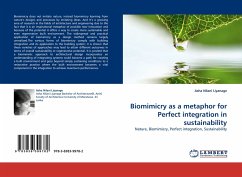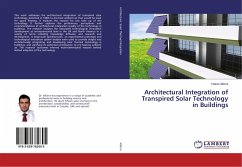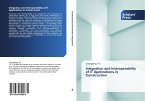In the time when the world is debating on climate change issues which is basically due to use of fossil fuel, the use of solar energy in various form is relevant. The existing buildings are responsible for use of large amount of energy for lighting, heating, cooling and use of various energy run equipment mostly powered by fossil energy. Today s intention should be to replace this fossil fuel by solar energy which is free and available in abundance. The objective of this work is to pave possible ways of integrating these solar technologies into buildings, both on existing and new constructions to add emphasis on the overall architectural expression in addition to producing energy. The illustrative book encourages potential designers and owners to use solar technologies in buildings with innovative approaches. Basic focus is on the appearance or aesthetics part of integration as this makes the major impact on the people. PVs and thermal collectors can deliberately be used as architectural design elements in a distinctive way. Integrability of both the systems in terms of different integration requirements have been compared and integration advantages have been explored.
Bitte wählen Sie Ihr Anliegen aus.
Rechnungen
Retourenschein anfordern
Bestellstatus
Storno








